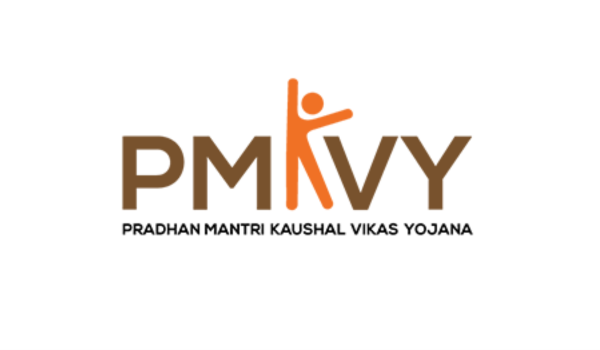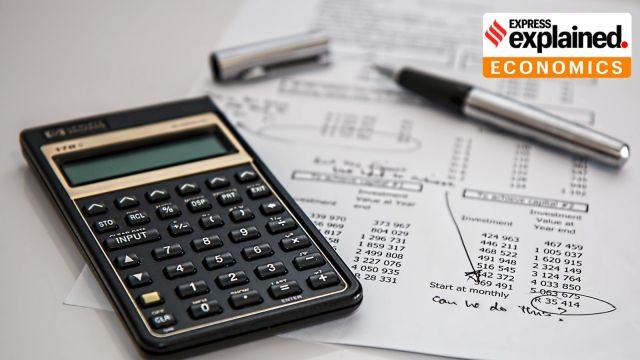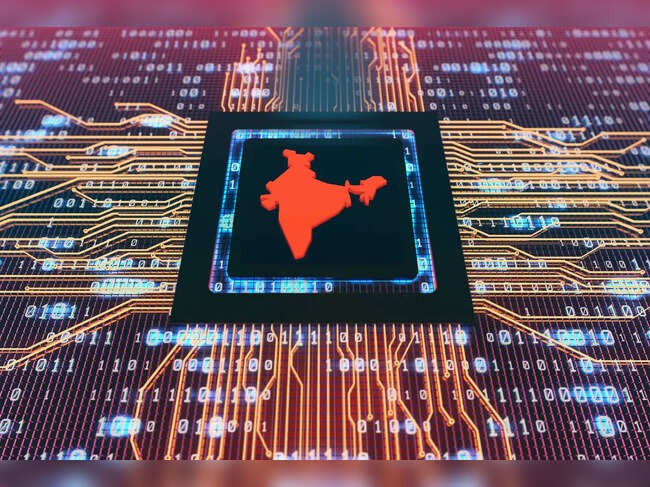



The Sabka Vishwas Scheme 2019 was a one-time amnesty to resolve disputes from pre-GST indirect tax laws like Service Tax and Central Excise. It offered significant relief and immunity from penalties. A recent tribunal ruling confirmed that once a discharge certificate is issued under this scheme, no further revenue proceedings are possible.

Copyright infringement not intended
Picture Courtesy: TAXSCAN
The New Delhi Bench of Customs, Excise, and Service Tax Appellate Tribunal (CESTAT) stated that revenue proceedings are not possible after the issuance of discharge certificate under SVLDRS) Sabka Vishwas (Legacy Dispute Resolution) Scheme, 2019) Scheme.
It was a one-time amnesty and dispute resolution scheme announced in the Union Budget of 2019 to settle the pending disputes from the pre-GST indirect tax regime.
The scheme's name, "Sabka Vishwas" (Everyone's Trust), signals its objective of building trust between taxpayers and the tax administration by providing a final opportunity to close old disputes.
The scheme covered legacy laws, including the Central Excise Act, the Service Tax law, and 26 other indirect tax enactments that were subsumed into the Goods and Services Tax (GST) from July 1, 2017.
Unlocking Revenue => A significant amount of government revenue was locked in long-drawn-out legal battles related to old indirect taxes. The scheme aimed to unlock this revenue quickly.
Promoting a Fresh Start => It provided an opportunity for taxpayers to settle their past disputes and focus on the new GST regime with a clean slate. It aimed to clean the legal system and reduce the burden on both the judiciary and the tax administration.
The scheme was operational for a limited period, from September 1, 2019, to December 31, 2019.
Eligibility => The scheme was open to all individuals and businesses with pending disputes related to the specified legacy indirect tax laws. This included cases under investigation, audit, or in arrears.
Substantial Tax Relief => The scheme provided substantial relief on the outstanding tax dues, which was its most attractive feature.
It offered a complete waiver of interest and financial penalties associated with the disputed tax amount.
Voluntary Disclosure =>The scheme included a provision for voluntary disclosure, allowing individuals to declare a tax liability they had not previously disclosed. In such cases, the tax had to be paid in full, but immunity from interest, penalty, and prosecution was still granted.
Declaration => The taxpayer filed an electronic declaration on the CBIC portal, detailing the pending dispute and the tax amount involved.
Verification => The tax department's designated committee verified the declaration.
Statement Issued => Based on the verification, the committee issued a statement indicating the final amount payable by the taxpayer after applying the eligible relief.
Payment and Discharge => The taxpayer had to pay the indicated amount. Upon payment, the committee issued a Discharge Certificate, which served as conclusive proof of the final settlement of the dispute.
Once a Discharge Certificate is issued, the matter is considered closed permanently. No further proceedings can be initiated against the taxpayer for that specific dispute by the revenue department.
Source:
|
PRACTICE QUESTION Q. Critically analyze the role of the Goods and Services Tax (GST) Council as an instrument of cooperative federalism. To what extent has it been successful in promoting consensus between the Centre and the States, and what are the major points of friction that remain? 250 Words |









© 2026 iasgyan. All right reserved